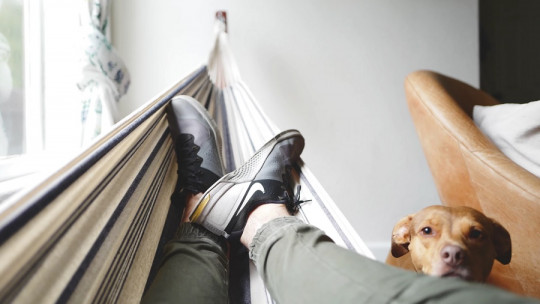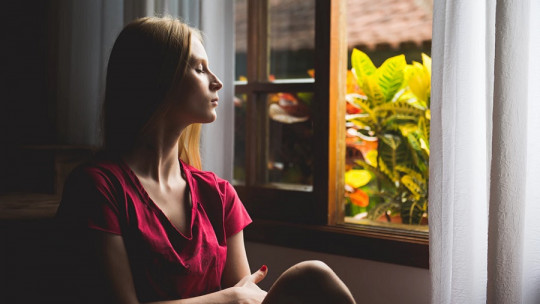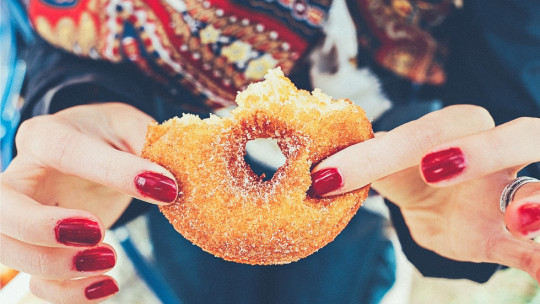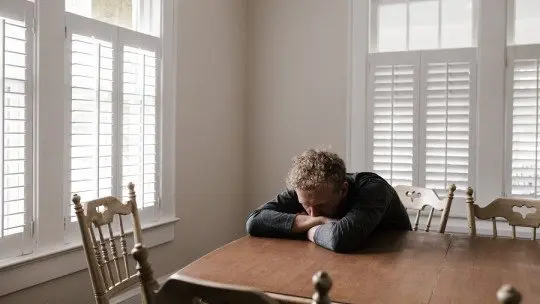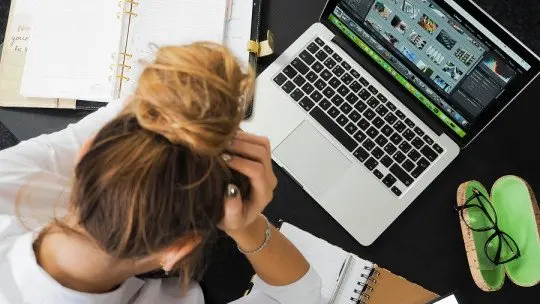In today’s fast-paced world, stress and anxiety have become prevalent issues that can negatively impact our mental and physical health. Relaxation techniques are a powerful tool to help counteract these effects, allowing individuals to regain control over their emotional and physical well-being. Relaxation helps to reduce muscle tension, lower blood pressure, and promote feelings of calm and peace. However, the key to effectively managing stress and promoting relaxation is understanding which techniques work best for you.
In this article, we will explore the 6 main types of relaxation techniques, how they work, and practical tips on how to incorporate them into your daily routine.
What are relaxation techniques and what are they for?
Relaxation techniques are an essential and widely used resource in psychological treatments that involve the need to address and cope with stress or anxiety and situations in which the person experiences psychophysiological overactivation that prevents them from carrying out their daily activities normally.
These types of techniques facilitate the reduction of body tension levels and mental load that, many times, we suffer in different areas of our lives (work, family, etc.). Therefore, they are useful tools, not only for patients who have psychological problems or emotional disturbances, but also for all those people who need to improve their quality of life and well-being.
Learning to relax allows us to carry out activities that we would otherwise avoid due to the high levels of activation that we currently suffer from in our modern societies. Rush, stress, stress… are factors that fuel discomfort and worsen our physical and cognitive performance.
By using relaxation techniques, we promote the proper functioning of our stress management system ensuring optimal hormonal balance and reducing excessive cortisol levels that, in the long run, can be harmful to our body.
Types of relaxation techniques
There are different types of relaxation techniques, so we can choose the one that best suits us or satisfies us. Below, we present some of them:
1. Deep Breathing Techniques
Deep breathing is one of the simplest and most effective relaxation techniques. It involves consciously slowing down your breathing to activate the parasympathetic nervous system, which is responsible for relaxation and calming the body’s stress response. This technique can be practiced anywhere and at any time, making it an accessible way to deal with stress.
How to Use Deep Breathing:
- Find a quiet space where you can sit or lie down comfortably.
- Close your eyes and take a deep breath in through your nose, counting to four.
- Hold your breath for a moment, then slowly exhale through your mouth for a count of six.
- Repeat this process for at least five minutes, gradually increasing the duration as you become more comfortable.
Tip: If you’re feeling anxious or stressed during the day, take a few minutes to practice deep breathing to restore calm and mental clarity.
2. Progressive Muscle Relaxation (PMR)
Progressive Muscle Relaxation (PMR) is a technique where you systematically tense and then relax different muscle groups in your body. By practicing PMR, you can increase awareness of the difference between tension and relaxation, which can help you more easily release stress throughout the day.
How to Use Progressive Muscle Relaxation:
- Find a quiet and comfortable place to sit or lie down.
- Start with your feet. Tense the muscles in your feet for five to ten seconds and then slowly relax them for 15 to 20 seconds.
- Move to the calves, thighs, abdomen, chest, arms, and face, repeating the process of tensing and relaxing each muscle group.
- Focus on the sensation of relaxation in each muscle group, noticing the contrast between tension and relief.
Tip: PMR is especially effective when combined with deep breathing. Doing both together can significantly increase the relaxation benefits.
3. Meditation
Meditation is a practice of focusing the mind and eliminating distractions in order to achieve a heightened state of awareness and relaxation. There are many types of meditation, such as mindfulness meditation, guided imagery, and transcendental meditation. However, the common thread among all forms of meditation is the intention to quiet the mind and focus on the present moment.
How to Use Meditation:
- Find a quiet place where you won’t be disturbed.
- Sit or lie down comfortably and close your eyes.
- Focus on your breath, a mantra, or a specific object or thought. Gently bring your attention back to your focus whenever your mind begins to wander.
- Start small: Begin with five to ten minutes per session and gradually increase the duration.
Tip: You can use guided meditation apps or online videos to help you get started if you’re new to meditation.
4. Visualization and Guided Imagery
Visualization, also known as guided imagery, involves mentally picturing a peaceful, relaxing scene, such as a beach, a forest, or a mountain landscape. This technique works by engaging your senses and creating a sense of calm through mental imagery.
How to Use Visualization:
- Sit or lie down in a comfortable position.
- Close your eyes and take several deep breaths to help calm your mind.
- Imagine yourself in a peaceful, serene environment. Picture the colors, sounds, smells, and sensations associated with this environment. Try to immerse yourself in the experience fully.
- Focus on the details of the scene—feel the breeze, hear the waves, or smell the flowers. Spend several minutes in this peaceful imagery.
Tip: Regularly practicing visualization can help you create a mental “escape” from stress and anxiety, providing immediate relief in difficult moments.
5. Autogenic Training
Autogenic training is a relaxation technique where you repeat a series of phrases or affirmations to relax specific parts of your body. These self-suggestions trigger a relaxation response in the body, helping to reduce physical tension and stress.
How to Use Autogenic Training:
- Sit or lie down in a comfortable position.
- Close your eyes and focus on your breath.
- Begin by repeating the phrase: “My arms and legs are heavy and warm.” Focus on feeling a sense of relaxation in your limbs.
- Move on to other parts of your body, such as your chest, abdomen, and head, repeating similar affirmations to induce warmth and relaxation.
- Continue with these affirmations for about 10 to 15 minutes.
Tip: Autogenic training is especially helpful for individuals who suffer from physical symptoms of stress, such as tension headaches or muscle pain.
6. Yoga
Yoga is a centuries-old practice that combines physical postures, breathing exercises, and meditation to promote relaxation and balance. The mindful movements and stretching involved in yoga help reduce physical tension, while the focus on breathing enhances mental clarity and calm.
How to Use Yoga:
- Find a quiet space where you can practice without interruptions.
- Wear comfortable clothing and set up a yoga mat if needed.
- Begin with gentle breathing exercises to relax your mind and body.
- Move through a series of yoga poses, focusing on the breath and movement. Poses such as child’s pose, corpse pose, and downward dog are great for relaxation.
- End with meditation or deep breathing to enhance the relaxation benefits of the practice.
Tip: You don’t need to be an expert to practice yoga. Beginners can start with gentle, restorative poses and gradually build their practice over time.
Benefits of relaxation techniques
Practicing relaxation exercises daily has a series of benefits for the person who performs them:
On the one hand, it improves the quality of life: relaxation reduces stress and feelings of nervousness, improving quality and well-being.
Also leads to a reduction in cardiovascular problems: Being relaxed reduces blood pressure, lowers heart rate and, therefore, in the long run reduces the risk of suffering from cardiovascular disorders.
In addition, using these techniques contributes to muscle relaxation. It is a fact that stress and anxiety generate muscle tension, which decreases or disappears with the practice of relaxation.
On the other hand, it improves physical and cognitive performance. Relaxation helps us be calmer, more attentive and confident, and this has an impact on both a physical and cognitive level, improving our performance in all areas of life.
Finally, improved sleep and mood: Being relaxed helps us sleep better at night and be in a better mood.
Relaxation techniques are essential for managing stress and maintaining overall well-being. Whether you choose deep breathing, progressive muscle relaxation, meditation, visualization, autogenic training, or yoga, each method offers unique benefits to help you relax and rejuvenate. It’s important to experiment and find the technique that works best for you and fits seamlessly into your lifestyle.
Incorporating these techniques into your daily routine can provide immediate relief from stress and also create long-term resilience against the challenges that life throws at you. By investing time in your relaxation practices, you will not only improve your physical health but also enhance your emotional and mental clarity.

